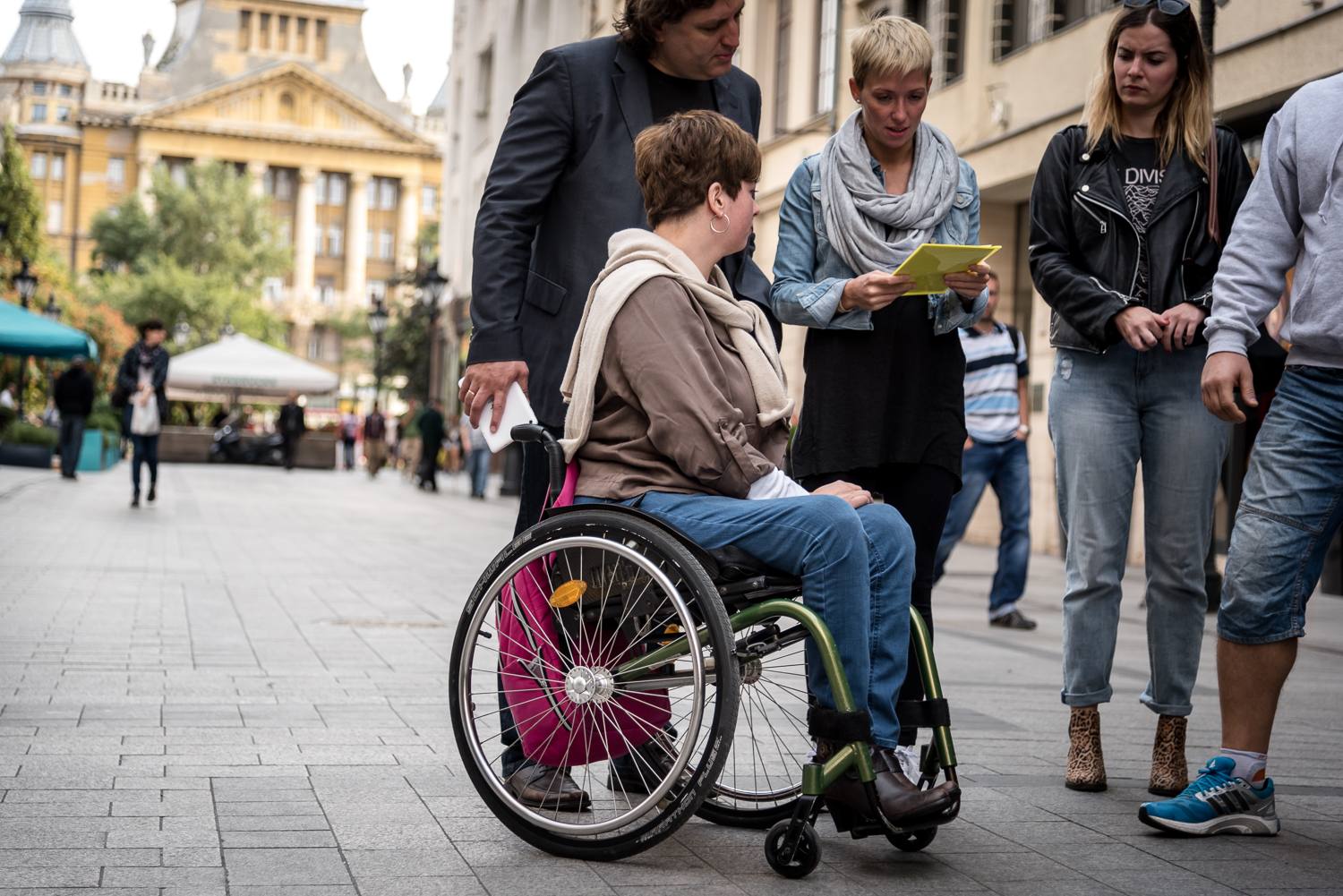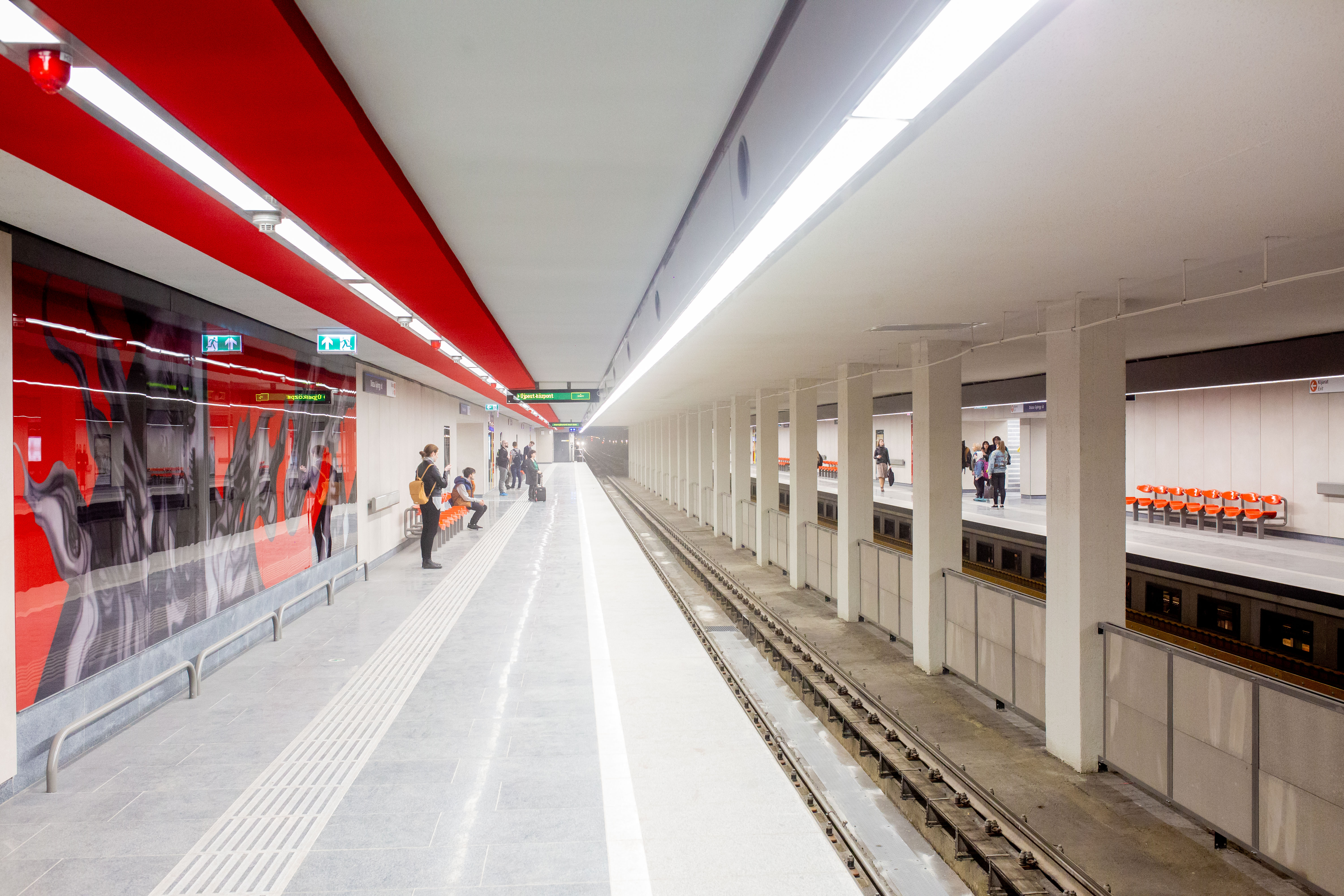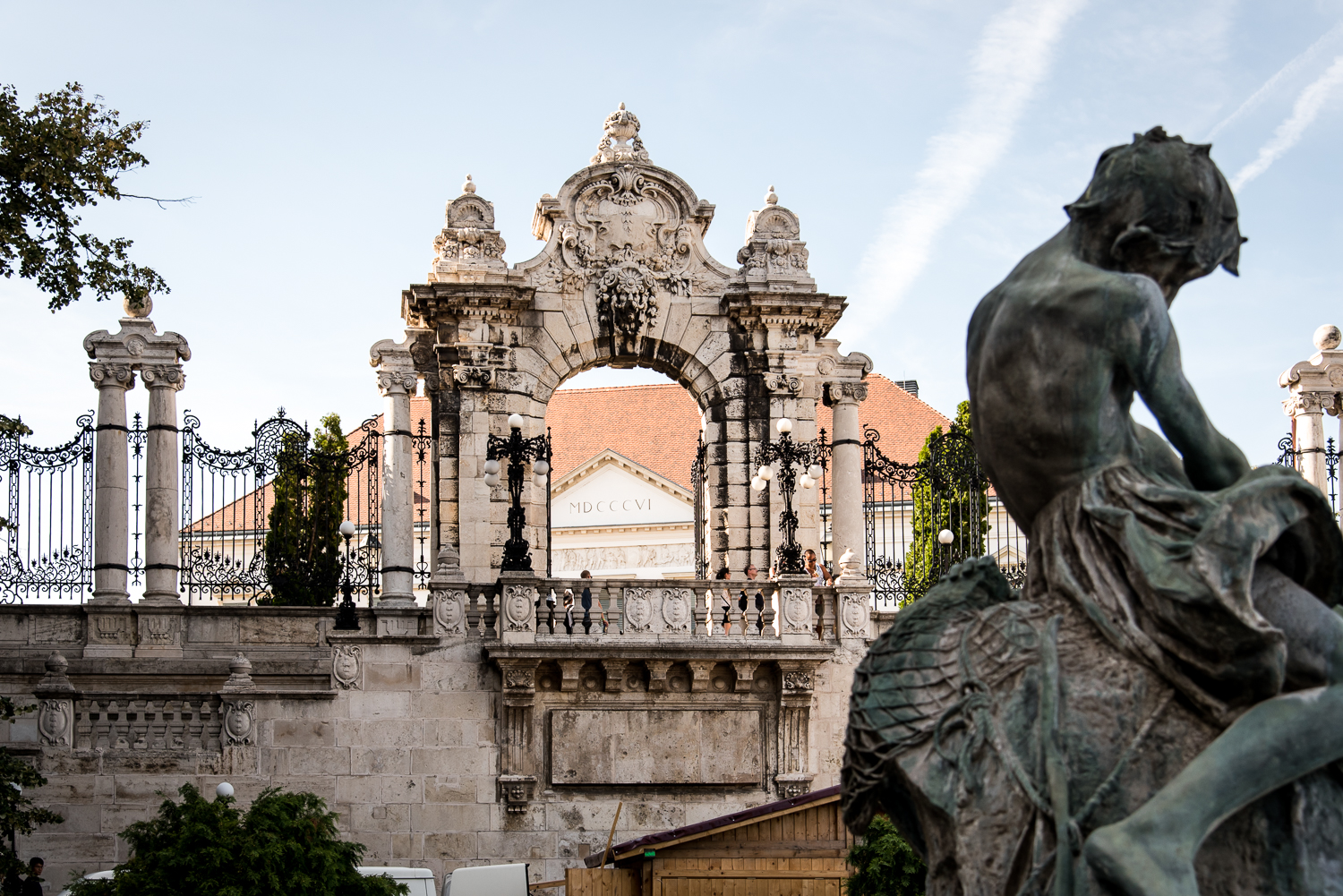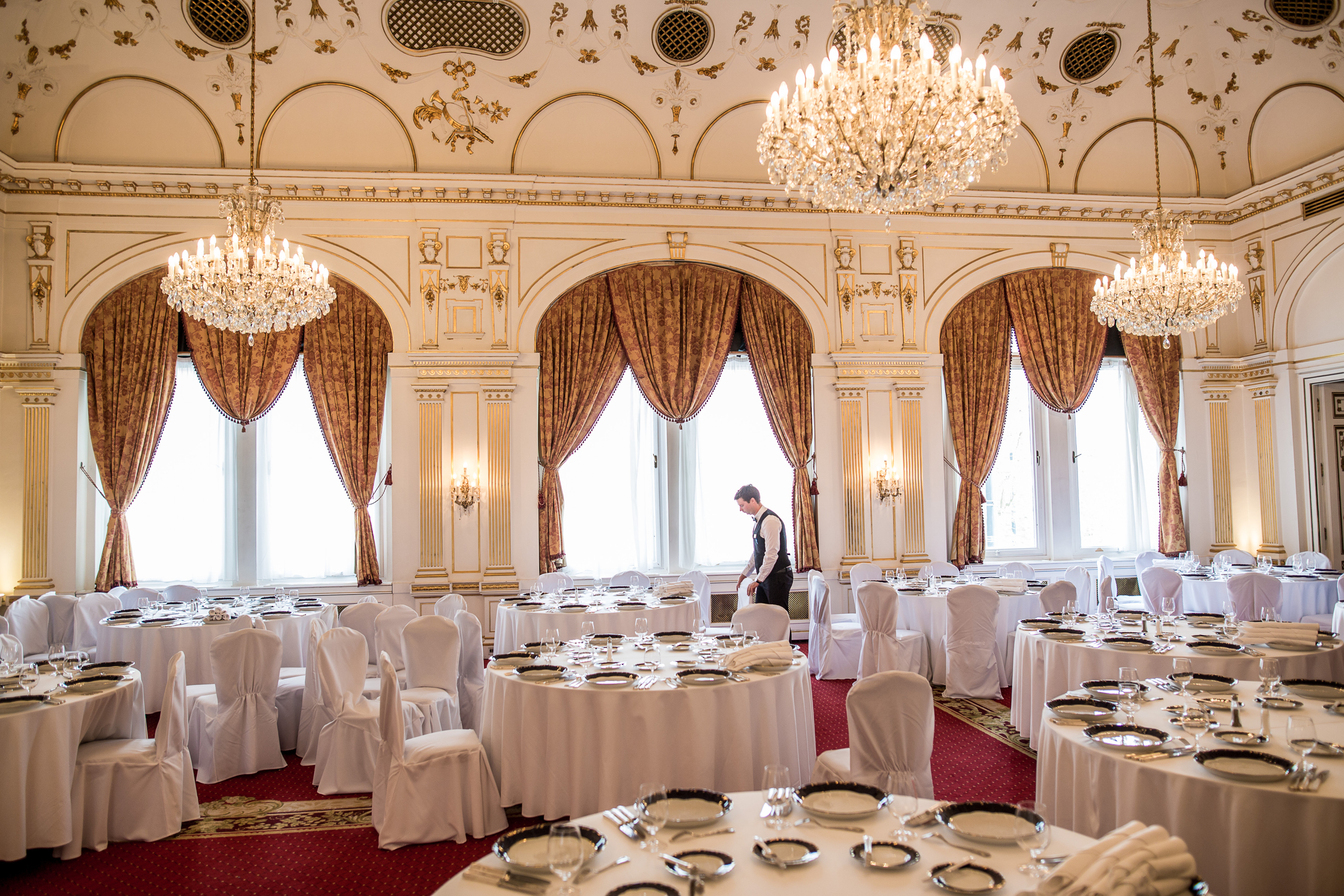Thanks to extensive city development, Budapest’s major landmarks, spas and public transport are now increasingly accessible to those with limited mobility. Options for wheelchair hire are still quite limited, however, with lengthy minimum rental periods.
Hungary 4 All/Merek.hu
A great resource for wheelchair-friendly activities in the city – especially if travelling with children of limited mobility – is the website Hungary 4 All, which has a comprehensive list of accessible attractions. They also lead their own tours, all of which are wheelchair-friendly.
Hungary4All partners with another group for assistive rentals, MEREK. Operated and financed by the General Directorate for Social and Child Protection, MEREK aims to integrate people with physical disabilities. Standard and electronic wheelchairs are both available through MEREK, with the option for delivery. MEREK’s website also features rehabilitation services, in-house sports and community activities, summer camps and other leisure events. Anyone interested in renting from MEREK should email the details of their needs here for a better idea of costs and availability.
Mozgásséroltek Budapesti Egyesolete
MBE is a non-profit organisation run by activists. Its site is Hungarian-only, but the service is available to any person “who has lost some or all of his or her motor, visual, auditory, mental and intellectual abilities”. They offer wheelchairs, crutches and walkers, among other items.
Membership is required in order to use MBE’s services, and can be arranged online, by post or personally at the association’s office (XIII. Hegedűs Gyula utca 43, Mon-Thur 10am-3.30pm). The MBE membership card also provides discounted entry to museums, cinemas and the zoo. Pick-up and drop-off are also available around the city. For information on renting equipment, see their website.
English-language Route4U app provides accessibility maps of the Hungarian capital for those with limited mobility, displaying accessibility information on pavements, crossings and numerous attractions. Best of all, this handy app is constantly updated by wheelchair users, as it automatically records the traversed tracks and evaluates the streets, before marking them with various colours to indicate accessibility levels. The app is available to download on iOS and Android devices.
BKK midibus
Those with physical disabilities alongside one accompanying person can opt for BKK’s door-to-door shuttle service that runs 5.30am-11.30pm weekdays and 8am-4pm at weekends, booking required. Call the BKK customer service centre at +36 70 390 3414 (Mon-Fri 8am-4pm, limited English spoken), and a dispatcher will confirm the pick-up time based on availability – regular customers who use this service for daily commutes are always given priority.
Metro Metro line 4 is fully accessible and along its route all stations have lifts, plus all of the platform constructions are suitable for people with limited mobility. Aboard carriages, there are designated areas for people with physical challenges, and above all, safety belts are provided for securing a wheelchair. Passengers should not board these driver-less trains when the opening/closing signals are sounding at stations.
All of the metro carriages of metro line 2 are disabled-friendly – again, do not enter or alight when the doors are opening/closing – and three stations, Örs vezér tere, Pillangó utca and Puskás Ferenc Stadion have lifts.
The new stations on the northern section of metro line 3 – Újpest-központ, Újpest-városkapu, Gyöngyösi utca, Forgách utca and part of Árpád híd – are also wheelchair-friendly, with more to follow as the whole line is renovated.
Trams Linking Buda and Pest, frequent tram lines 4 and 6 follow almost exactly the same route as the Grand Boulevard. With the exception of Boráros tér, all tram stops offer easy accessibility by wheelchair, and the entire line is mostly served by low-floor vehicles. These also run on tram lines 17 and 19 on the Buda side. Back in Pest, most trams on routes 1 and 3 are accessible (and all No.1 trams at weekends).
Buses/trolleybuses
Except for just a small handful of lines, accessible buses operate on every route – the bus driver has to set up the ramp for boarding when a passenger in a wheelchair is about to get on/off the vehicle. The departure times of low-floor conveyances are underlined in each timetable, while wheelchair users are offered a designated door for boarding the bus marked with the applicable pictogram – the wheelchair can normally be secured at a designated area aboard. Note that a number of trolleybus stops may present challenges for people with mobility problems.
HÉV trains
HÉV trains run to the city’s suburban zones but all lines are served by old vehicles that are currently not wheelchair-accessible.
The ground level of Fishermen’s Bastion is accessible by wheelchair, where the windows with their low position provide a lovely panorama. The National Gallery is facilitated by a lift and a disabled-friendly bathroom.
St Stephen’s Basilica also offers wheelchair access but a companion has to go up the stairs to inform staff to open the lift.
Budapest Zoo by City Park is also wheelchair-friendly, with accessible bathrooms, although transport there isn’t as straightforward as for other sights.
Those with mobility problems can enjoy the extensive parkland of Margaret Island, where paved roads provide effortless passage. From the tram 4/6 stop in the middle of Margaret Bridge, a zebra crossing and a sloping walkway with little traffic around it lead you onto the island.
Other accessible cultural attractions include the Hungarian National Museum, the Museum of Fine Arts and Kunsthalle on Heroes’ Square and the Hungarian Natural History Museum.
Many of Budapest’s baths provide disabled-friendly bathrooms, showers and changing rooms, plus many of the pools are equipped with bath lift chairs. Visitors with mobility problems can use the Gellért, the Széchenyi, the Rudas and the Lukács.








